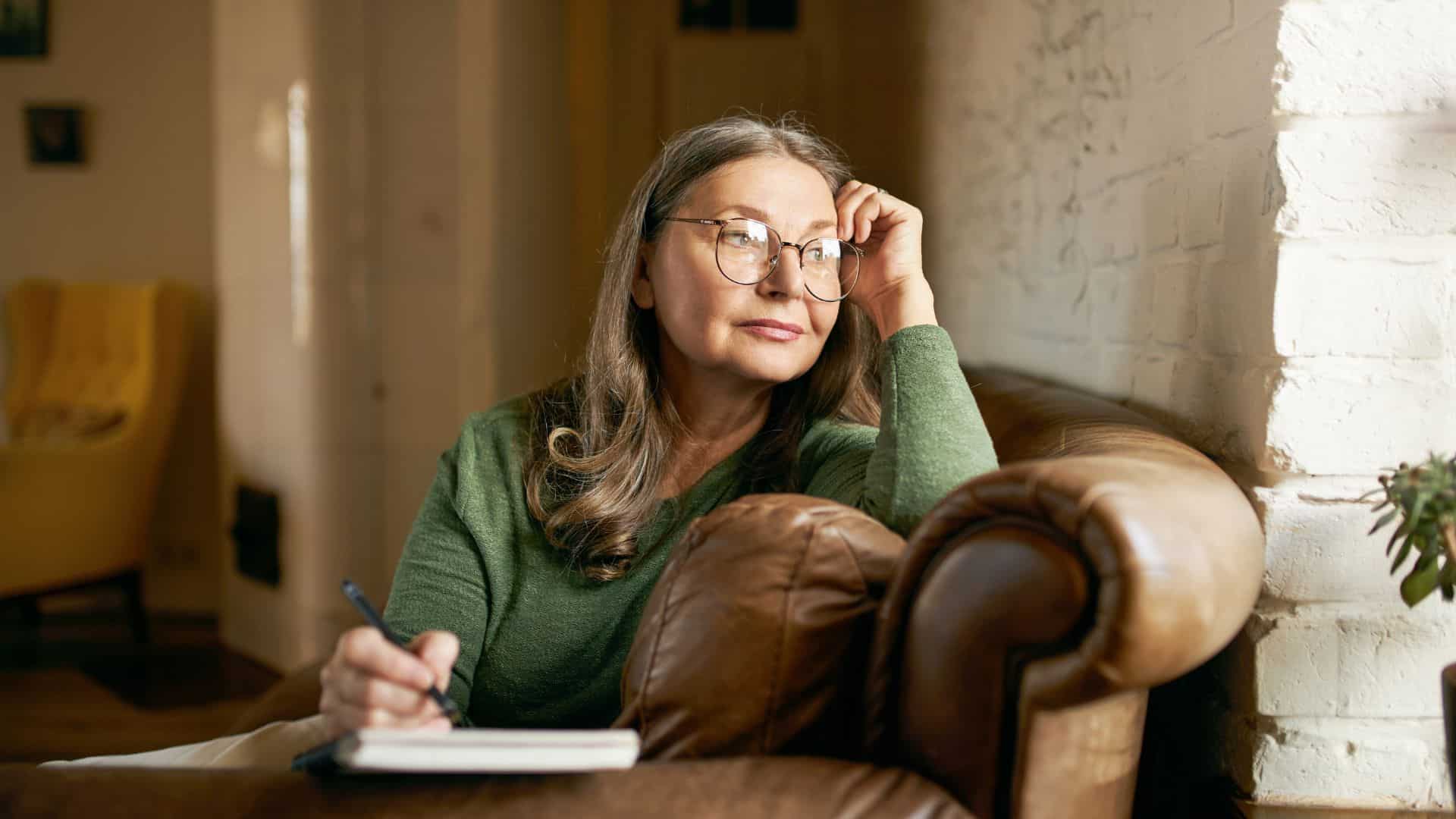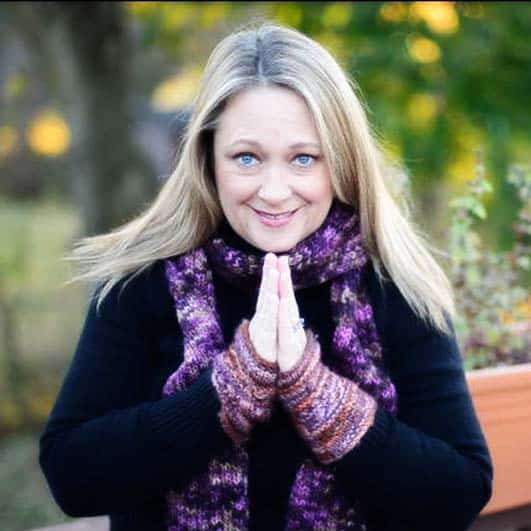Embracing the ongoing relationship we share with our loved ones isn't clinging to the past, but rather a brave act of carrying their light into our present and future, allowing their essence to enrich our lives eternally.
In the wake of loss, it's not unusual to feel a deep sense of disconnection. You might even feel judged or misunderstood by others when you express a desire to maintain a relationship with the person who has died.
In reality, fostering an enduring connection with your loved one is not only possible, it's a healthy and comforting approach to grief. This is precisely where the concept of continuing bonds steps in, offering a grounded yet compassionate pathway through the complexities of loss.
Understanding the Continuing Bonds Theory
Research spearheaded by Klass, Silverman, and Nickman in the 1990s introduced the theory of continuing bonds as a way to maintain an ongoing relationship with the deceased, which stands in contrast to the earlier belief that we must detach from our loved ones to move forward (Klass, Silverman, & Nickman, 1996).
This perspective offers solace and a sense of ongoing connection that can significantly aid in adapting to life after loss. Embracing continuing bonds means allowing the presence of the deceased to evolve into a comforting, internal relationship. It's about cherishing the memories and legacies that continue to influence our daily lives.
Examples of Nurturing Continuing Bonds
Personally, I stay connected with my stepfather through photography. That was not only his profession, it was his passion. Whether I am using a nice DSLR or my camera phone, when I am capturing something natural and beautiful, I feel like he is guiding me. Here are a few other examples of how continuing bonds may manifest:
- Narrative Conversations: Engaging in mental dialogues with your loved one, seeking their advice or sharing your day with them.
- Treasured Rituals: Keeping alive traditions or rituals that your loved one enjoyed or regarded as special.
- Artistic Expression: Channeling your feelings and connections into creative outlets like painting, journaling, or music, where their spirit continues to inspire and guide you.
- Garden of Memories: Creating a space, like a garden or a corner in your home, dedicated to your loved one, fostering a physical space of connection.
Continuing Bonds Through Grief Journaling
By nurturing these bonds through various avenues, including journaling, we can create a healing journey defined by love, memory, and honor. In this blog, I invite you to explore how journaling can be a serene bridge to maintaining and celebrating these continuing bonds.
Step 1: Creating Your Sacred Space
First and foremost, find a quiet place where you feel safe and comforted. This is your sanctuary, a place where you will welcome the cherished memories and presence of your loved one.
Step 2: Gather Your Journaling Materials
Next, gather a notebook and a pen that feels special to you. These will be your companions in this journey of remembrance and connection.
Step 3: Breathe and Grounding
Before you begin, close your eyes and breathe deeply a few times. Feel the earth under your feet, anchoring you in the present moment, enveloped by the love and memories that connect you to your loved one.
Step 4: Set Your Intention
Open your heart to the continuing bond, a connection that thrives in spirit and memory. Whisper a silent intention to remember and cherish these precious moments, forever. You may even want to say their name out loud.
Step 5: Create Continuing Bond Writing Prompts
Now, it's time to step into a sacred exercise of remembrance. Set a timer for 5 minutes. Start writing a list of things about your loved one that you want to hold close to your heart, always. Write at a pace that feels comfortable, allowing yourself to feel each memory deeply without overthinking. Let go of concerns about spelling or punctuation; let your heart speak freely on the paper.
Step 6: Dive Deep Into One Memory
Once you've created your list, it becomes a treasure trove of personal writing prompts. Choose one item from the list and devote about 10 minutes to writing about that event or characteristic. Let your words flow freely, immersing yourself in the memory. And remember, this list is dynamic; you can add more memories as they surface, keeping this living connection vibrant and evolving.
Step 7: Close the Session
After your timer sounds, bring your writing to a gentle close. You might place a hand on your heart, feeling the pulsating love and cherished connections that continue to bloom within you.
Step 8: Honor and Nurture Your Feelings
Sit with your list for a moment, honoring it as a beautiful testament to the living bond you share with your loved one. This practice can be a comforting space of reunion, to which you can return anytime you wish.
Of course it is natural for difficult or bittersweet feelings to arise. So be sure to set aside some time to tend to yourself in a kind and compassionate way.
I hope this practice offers you a tender touch of solace and a loving pathway to your cherished one. Remember, through this exercise, your bonds continue to blossom, taking new forms of love, memory, and honor.
If you find yourself seeking more guidance or desiring a community that understands and supports this nurturing approach to grief, I warmly invite you to join Awaken.
In this nurturing space, we delve deeper into the enriching practices of continuing bonds, offering tools, tips, and the comforting presence of others who walk this path alongside you. Together, we learn to carry our loved ones with us, integrating their beautiful legacy into our daily lives with grace and love.


